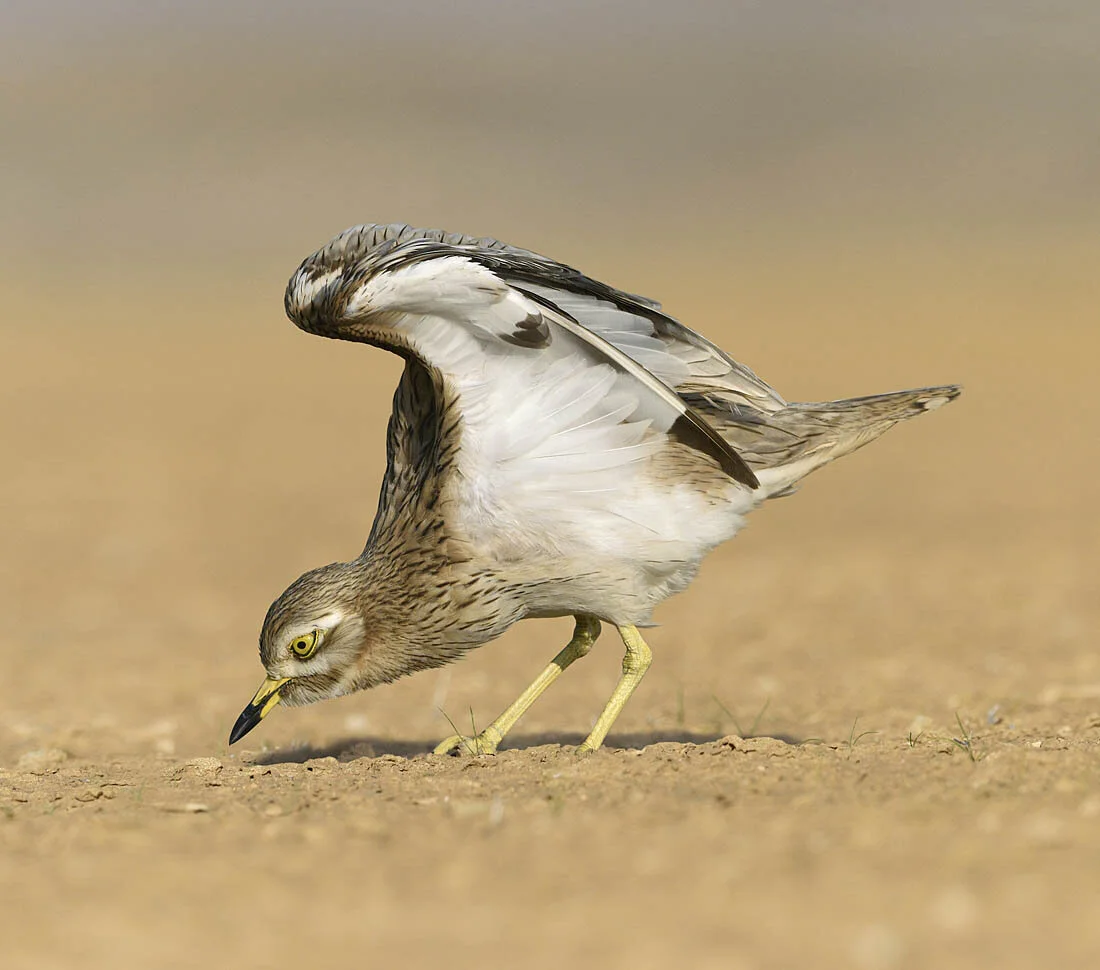Our Vision
Birds on the Brink is a conservation grant-awarding charity that was born of a passion for wildlife and in particular birds, but also out of a sense of despair: a response to the seemingly unstoppable process of human environmental exploitation and biodiversity’s steady progression towards extinction. But at its heart there is a recognition that all is not yet lost and that if enough people care passionately enough about the world we live in, we stand a chance of reversing the decline. We know that the first step is to engage and educate people about the issues, and that is where striking imagery can help capture the imagination and nurture interest and compassion.
A Passion for Birds
Turning back the clock for a minute, it is sobering to realise that fears about environmental degradation are nothing new. In his 1969 book The Vanishing Wild Life of Britain, Brian Vesey-Fitzgerald wrote: ‘…there is nothing new about it. Wild life has always been vanishing from Britain. It has been doing so from the moment that Man began to colonize the island. That is perfectly true. But it is a truth with a difference. And the difference lies in Man himself.’ Reading his last sentence there appears to be germ of optimism lurking there: Humankind as the problem but also the solution. Looking around us there may appear to be little cause for environmental cheer at the moment and it is not surprising that Sir David Attenborough describes the UK as ‘…one of the most nature depleted places on the Planet’. But it doesn’t have to stay that way. What’s needed is for far more people to be inspired to care and to combat environmental contempt; in a modest way empowering that ambition is the goal of Birds on the Brink in a nutshell.
The problems facing the environment are now global of course and the pace of change is accelerating. To illustrate this point, let’s use birds as a barometer of biodiversity decline generally. Using figures from the International Union for Conservation of Nature (IUCN) and Birdlife International, if we step back in time to, say, the year 1500 then a reasonable guess would be that there were 11,147 species of birds alive and well on the planet. Birdlife states that today at least 40% of bird species worldwide have declining populations. IUCN have a tiered system of Global Red List categorisation and in increasing order of risk of extinction, 1,107 species are classed as Near-threatened, a further 800 are considered vulnerable to extinction, 461 are endangered and threatened with extinction, a further 225 are classed as critically endangered, and 164 are now either extinct or extinct in the wild. The threats that each species face may be subtly different but they all fall under the umbrella of humankind’s exploitation of and impact on the environment. The majority of that impact has happened in the mechanised era of the last 70 years – in our lifetimes. So collectively it’s our responsibility, and unless we do something about it, that’s the legacy we leave to future generations along with an almost institutionalised acceptance that erosion and degradation of the environment and our wildlife is an inevitable and acceptable consequence of human advancement. It is not.

